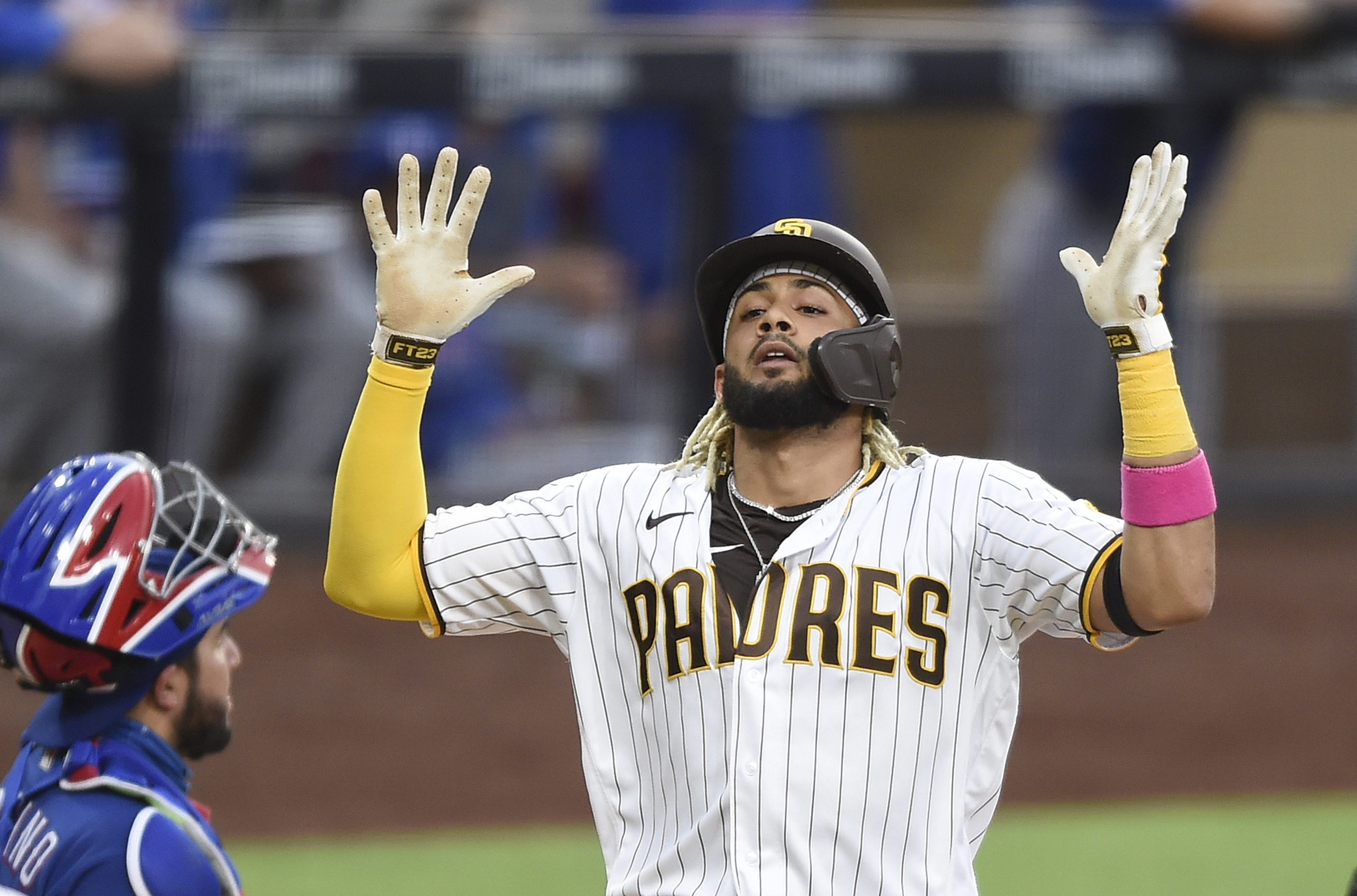If you are like a lot of baseball fans, you were probably a little upset when Major League Baseball announced that the 2020 postseason would consist of 16 teams in total. You might have been even more upset when you discovered the format for seeding, which was described as the following:
“The top three seeds (Nos. 1-3) in each league will go to the three division winners (East, Central, West) in order of record.
The next three seeds (Nos. 4-6) will go to the three teams that finish in second place in their division, in order of record.
The final two seeds (Nos. 7-8) will go to the two teams with the next best records, regardless of division and division standing. Because the first- and second-place teams in each division automatically advance to October, the 7 and 8 seeds are the actual “Wild Card teams.””
Kind of confusing, right? Well, that isn’t even the biggest issue. The first round (entitled the “Wild Card Round”) is a best 2-of-3. This sets up what we are currently seeing, with a team like the Los Angeles Dodgers (who had the best record in baseball) pitted in a 3-game series against a team with a losing record (Milwaukee Brewers, 29-31).
In the final days of the regular season, the pennant races were confusing. Here’s what the NL clinching situations looked like heading into Sunday:

That’s not that easy to shake out, especially for a casual fan. If the MLB wants to replicate 2011’s ‘Game 162’ phenomena by allowing more teams to clamber for a playoff spot, it clearly is not going to work.
For All Its Flaws
With all of that being said, take a look at the playoff schedule for today. There’s eight games on, with the first game starting at noon (Braves-Reds) and the final game (Dodgers-Brewers) beginning at 10:00, eastern time. There are games starting at the top of every hour from 12:00 to 5:00. Depending on the length of the first game, there could be as many as five playoff games happening at the same time.
Is this playoff format fair to all of the teams in the playoffs? Not particularly. But then again, the regular season wasn’t exactly fair to every team either. Many players never had time to find their groove at the plate or on the mound. Several teams were stricken with injuries attributed to the quick ramp-up of the season during July. Quite frankly, 2020 hasn’t been fair to anyone.
What this playoff format does bring us is fun. It’s exciting! Essentially, this is baseball’s version of March Madness (which isn’t exactly a fair format for the top college basketball teams either, but I can save that for a different story).
Ultimately, should this playoff format continue into next season? Absolutely not. It essentially punishes the top teams for being so good (or at least doesn’t reward them in any way), and rewards middling teams with a quirky 3-game series, where anything can happen and they have nothing to lose.
However, in the year that has brought us so much unpredictability, it is only fitting that the MLB postseason brings us the same. At least, the worst surprise we can get is a top team being upset. That would be a significant upgrade from most surprises in 2020.




